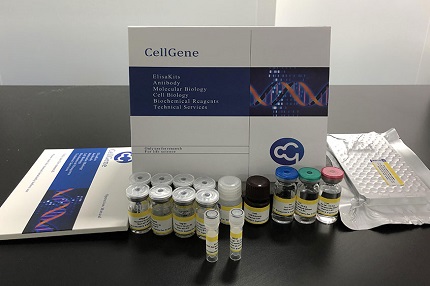- Host Cell Protein Detection Kits
- Host Cell DNA Residue Detection Kits
- Antibodies
- Recombinant Proteins
- ELISA Kits
- Cellular Component Protein Library
- Plasmids
- Promotions
-
Cellgene Bioscience Elected as CITS Council Member (2020-2025)
Shanghai, June 2025—Cellgene Bioscience is honored to announce that it has been officially elected as a Council Member Unit of the China Inspection and Testing Society (CITS) for the term 2020–2025,...
Jun.12, 2025Read More > -
Exhibition review | The 6th BIONNOVA BioPharma Innovators Summit & Expo Successfully Concluded at Shanghai Science Hall on April 9-10, 2025
Symposium HighlightsThe summit comprehensively addressed critical topics across biopharmaceutical R&D and manufacturing, including:Therapeutics Development: Antibody drugs, antibody-drug conjugate...
Apr.24, 2025Read More > -
Epinephrine ELISA: Sensitive and Reliable Quantification of Epinephrine
Principle of the Epinephrine ELISAThe Epinephrine ELISA can be used for the in vitro quantitative detection of epinephrine in human plasma and urine. The Epinephrine ELISA utilizes a sandwich method p...
Apr.24, 2025Read More >
Cell Signal Transduction
Signal ligand molecules activate the receptor domain in the cell by binding to the specific domain outside the receptor protein membrane on the cell membrane, so as to transfer the signal from outside the membrane to inside the membrane. This process is called cell signal transduction.
Cell information transmission methods: (1) through direct contact between adjacent cells; (2) through the secretion of various chemical substances by cells to regulate the metabolism and functions of other cells; the chemical substances that regulate the life activities of cells are called information substances. Intercellular information substances are the collective name of chemical substances secreted by cells that regulate the life activities of target cells, also known as first messengers. Mainly include proteins and peptides (such as growth factors, cytokines, insulin, etc.), amino acids and their derivatives (such as glycine, thyroxine, epinephrine, etc.), steroid hormones (such as glucocorticoids, sex hormones, etc.), fatty acids Derivatives (eg prostaglandins), gases (eg nitric oxide, carbon monoxide, etc.).
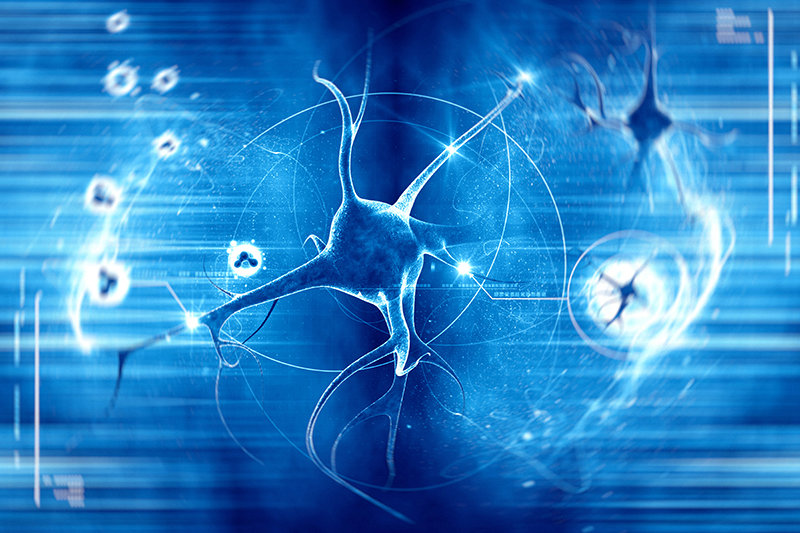
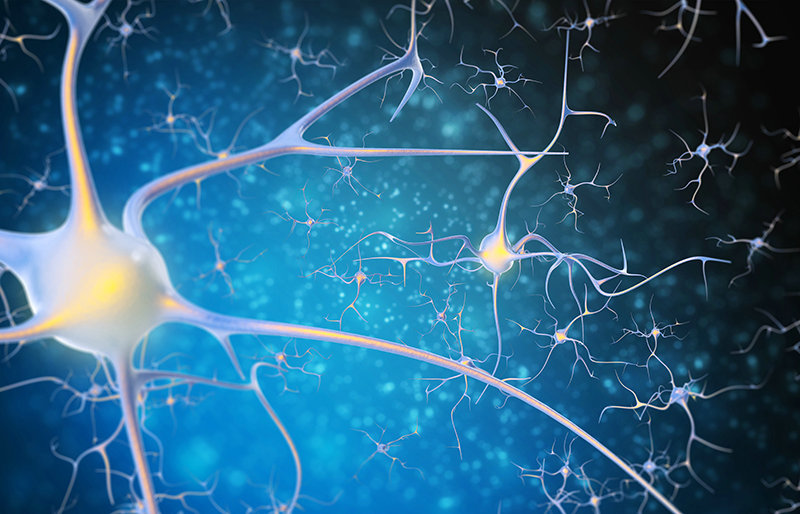
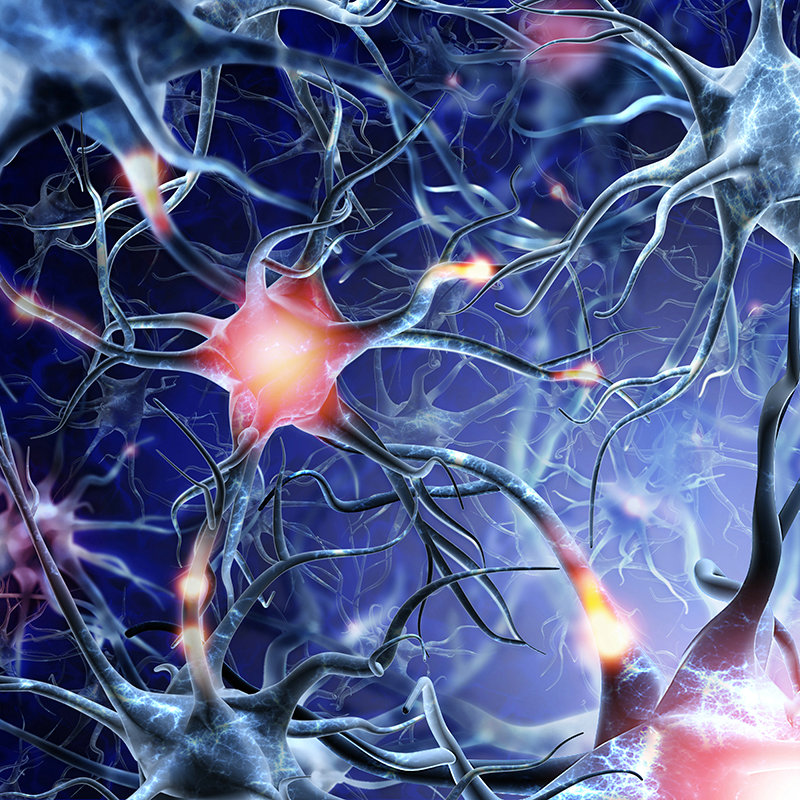

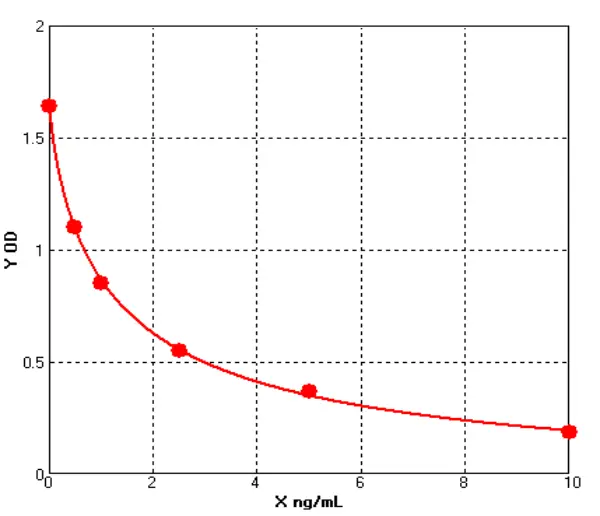
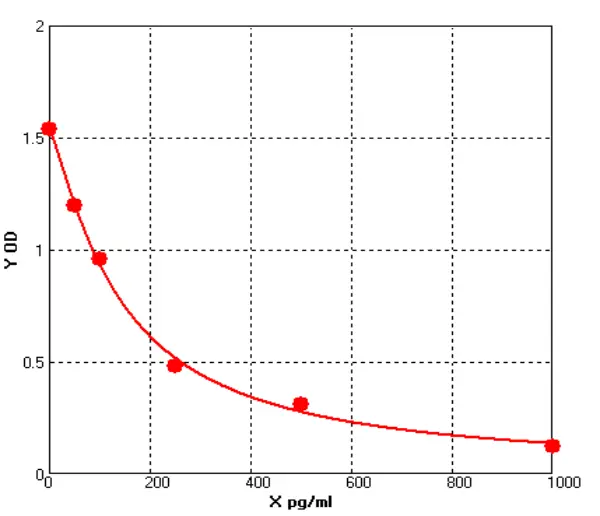
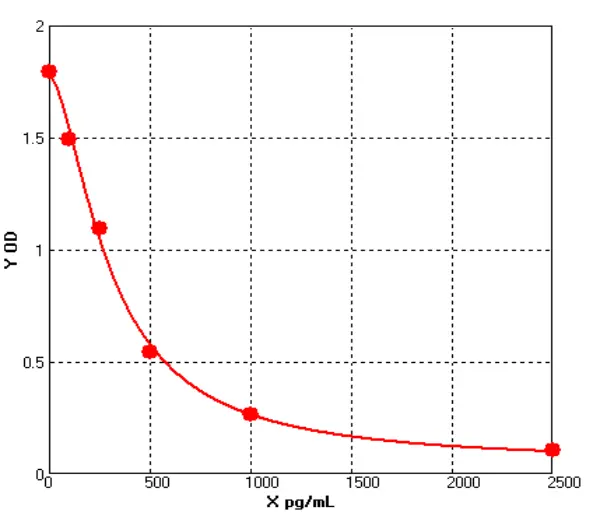
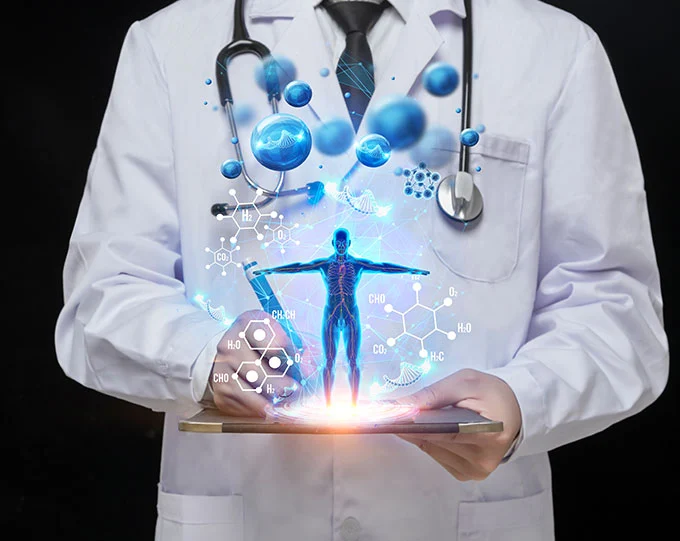
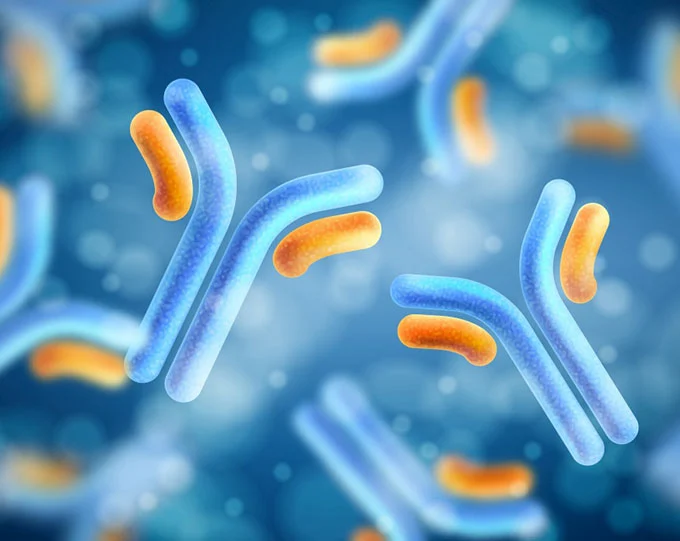
_00(1).webp)

